Especially during the time before Christmas, when cookie baking reaches its peak, a lot of questions come up from the home bakers:
- Which dough do I need for my cookies?
- How do I store my cookies?
- What do I have to pay attention to when baking?
- How long will my cookies last?
- And much more.

Today's post will cover the basics for making cookies, especially for making Christmas cookies.
- the differences between the different types of dough,
- types of sugar and what you should use what type of sugar for,
- how long you can store the different types of cookies,
- and lots of recipe ideas for processing leftover egg whites and yolks.
Planning your Cookie baking
According to each type of dough, make yourself a timetable for timely production.
- Honey pastry should always remain in love for about four weeks, as it softens and gains in flavor during this time.
- The same applies to egg pastry, which is usually hard when freshly baked and only softens with time.
- Shortbread, baking powder, and egg white dough pastries taste the best fresh. These varieties are best made shortly before the holidays.
- Christmas Stollen should also be allowed to cool for several days.
- Prepare all the ingredients and the necessary equipment, then start with the preparation work.
- Use baking paper. Then there is no need to grease the trays, and you can - when the first tray bakes - prepare the next tray on another layer. You can use baking paper several times. Even more practical are so-called baking mats, which you can actually use two to three thousand times.
- Bake a few cookies as a test to check the dough's texture. If the cookie dough is too soft and loses shape during the test baking, you can add some grated nuts, almonds, or flour in time.

Baking Tips
Always preheat the oven sufficiently long, especially for Christmas cookies.
Note whether the cookies need to be put into the preheated oven or into the cold oven. If the recipe does not specify whether the whole thing should be baked on top or bottom heat, put the baking tray on the middle shelf so that the heat can spread nicely around the tray.
Baking with the oven closed is recommended, especially for shortbread, yeast dough, choux pastry, or puff pastry, as the steam that is created helps the cookies to succeed (or rise).
The term "hung" or "open" means that the oven door is left open a little so that the steam can escape. The easiest way is to wedge a wooden spoon handle or an old dish towel between the baking tube door and frame. Use this technique for baking sponge cakes, casseroles, or puddings.
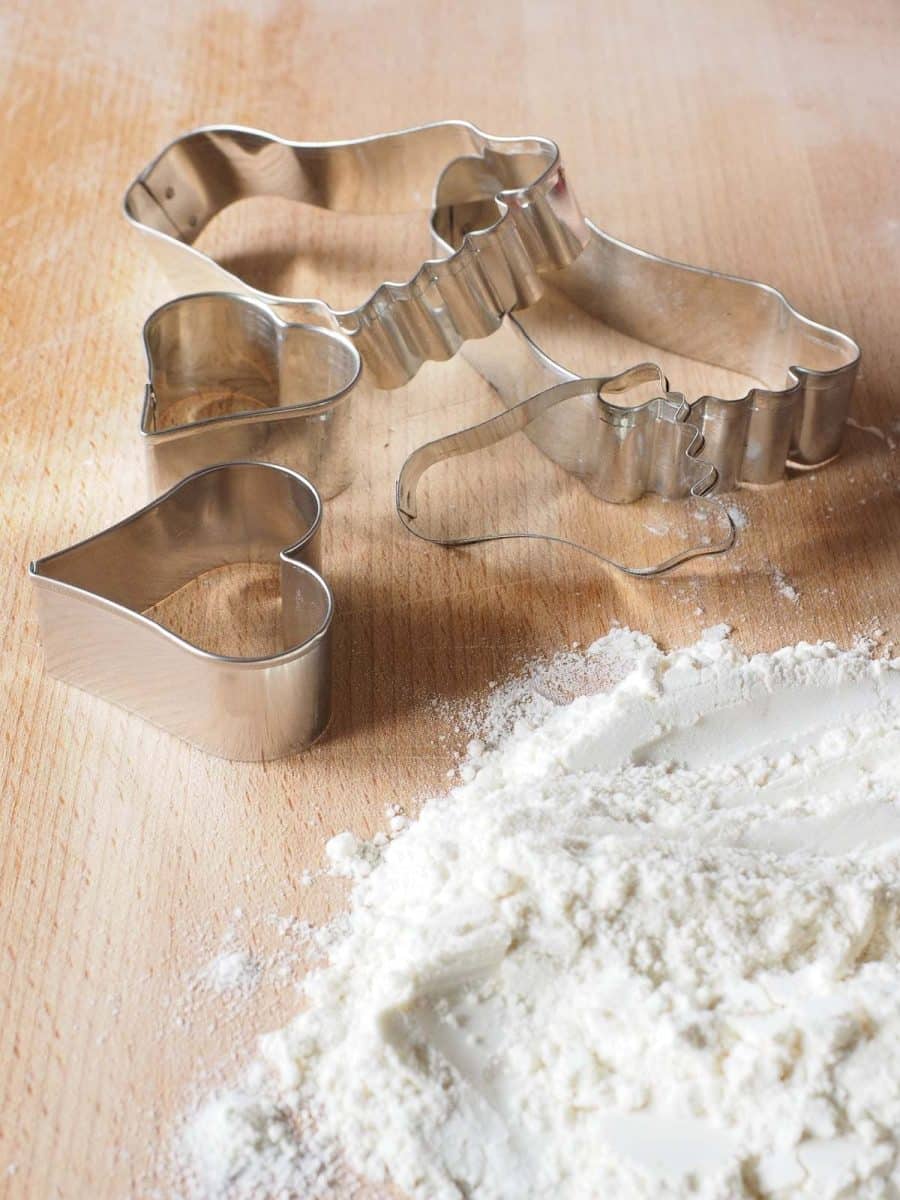
Cooling and Storing the Cookies
After baking, carefully remove the pastries from the tray and place them on a wire rack to cool. Do not place pastries on top of each other while they are still warm.
After baking, stack the well-cooled cookies in layers in a cookie tin. Separate them with greaseproof paper or aluminum foil. Add a slice of bread, an apple, or an orange wedge to prevent them from drying out, and they are staying fresh.
Almost all cookies can be stored, and for some, the ripening time is even important for them to develop all their flavor. Depending on the type of cookie, different containers are ideal, but one thing is always important: store each type of cookie on its own so that the flavor is not distorted.
Shortbread cookies
They are actually always well kept in a tin can, because here some air can still reach. They taste even better after a few days to a week of ripening and stay fresh for two to three weeks.
Confectionery and cookies filled with creams
They are best put in jars and kept cool - is fresh whipped cream or butter in the mass, best in the refrigerator. Depending on the ingredients, the shelf life ranges from a few days to a good week.
Macaroons and moist pastries
They are stored as airtight as possible to protect them from further moisture. Ideal for this are well-sealing plastic containers or freezer bags that are sealed. Delicate pastries made of nut dough are better stored in tins.
Gingerbread
These need at least a week to ripen in tins. A piece of apple prevents the hardness. Attention, however, that does not mold! Important, honey pastry three hours before eating take out, so that it becomes soft.
What sugars to use for what?
- Granulated sugars - classic sugar - is used in dishes and drinks where sugar is boiled with liquid. It is particularly useful when egg yolks or butter masses need to be whipped with sugar for a long time. This gives beaten egg whites their creamy, firm consistency.
- Universal fine crystal sugars - used to sweeten cold and hot dishes as well as beverages.
- Baking sugars - especially suitable for all types of fine (Austrian) pastries due to its granularity. It is particularly well mixable and easily soluble.
- Brown sugar - completed with caramel and cane sugar syrup. It can be used in coffee and other beverages, in baking, and whenever a special tart-sweet flavor is desired.
- Confectioner's sugar - finely ground granulated sugar. It is often used for fine pastries and to sweeten whipped cream. Since powdered sugar dissolves quickly and easily in liquids, it is also popular for glazes.
- Caster sugar - particularly free-flowing and ideal for sprinkling on pastries, cakes, desserts and fruit. It does not melt even on warm pastries.
- Hail sugar - used for decorating.
Note the following when making cookie dough
- Work only with room-warm fat. These reach the maximum whipping volume. So take the fat out of the refrigerator in good time! If you have forgotten to use it, the microwave can help to soften it carefully.
- When mixing yolks or whole eggs with fat (butter or margarine), make sure that the eggs are at room temperature. So take them out of the refrigerator well in advance of processing. It is also important to beat them into the mixture one at a time.
- If grated nuts come into the mass, they are folded into the beaten egg whites.
- Masses with beaten egg whites should be immediately put into the hot tube after they have been folded in, otherwise they will not rise and will become greasy.
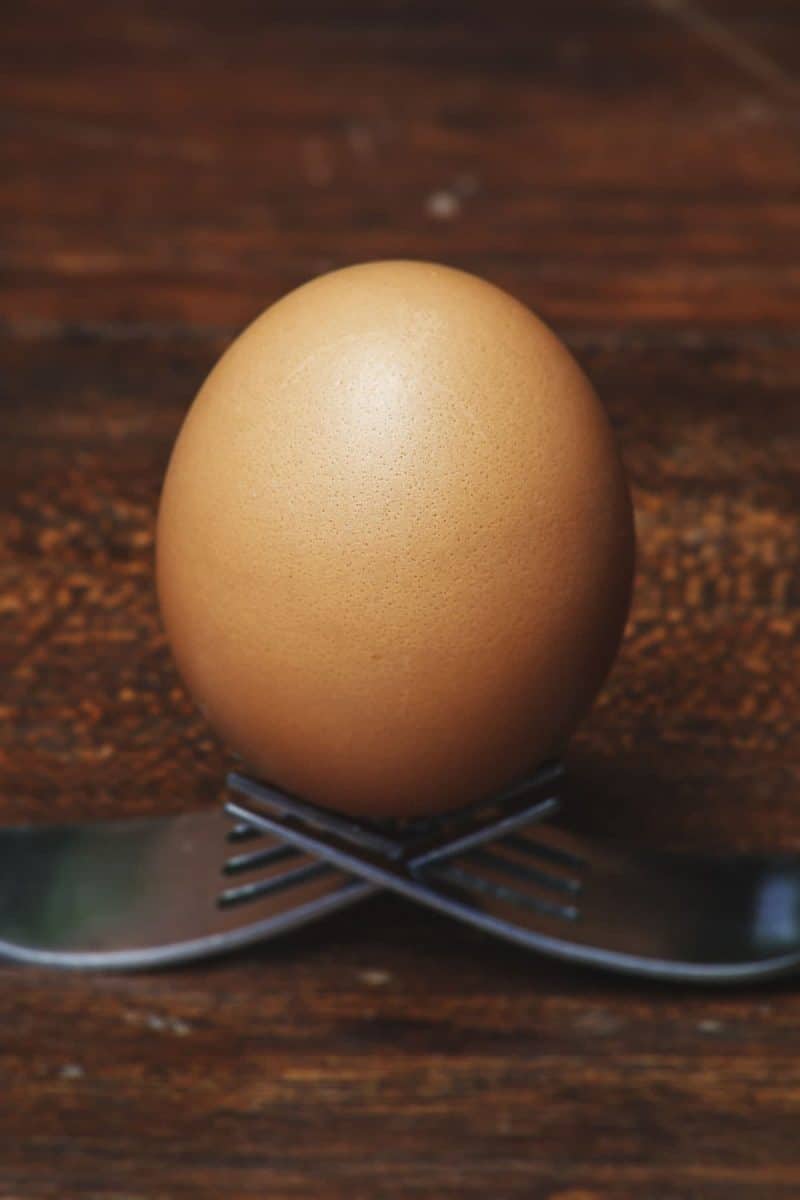
Egg white utilization
Collect the leftover egg whites that you don't want to process right away in a small container and note the number of egg whites on it. You can store them in the refrigerator for up to three days or freeze them.
Frozen egg whites will keep for about 8 months. After thawing, the egg whites can be easily processed as usual. Ideas for further processing egg whites:
Yolk utilization
Put the leftover yolk in a cup and cover it with cold water. This way the yolk will keep for a few days without drying out or freeze it.
Yolks can be kept frozen for about 8 months. Note the number of yolks on the jar. In any baking recipe where eggs are used, you can add a yolk to the cookie batter as a quality enhancer or you can try the following recipes with the remaining yolk:
- Linzer Cookies with Egg Liqueur
- Homemade Egg Liqueur
- Walnut cookies
- Egg yolk cookies
- Homemade vanilla ice cream
- Custard // Vanilla Sauce
- Buchteln (Filled sweet rolls)
- Sour cream cookies
- Duchess potatoes
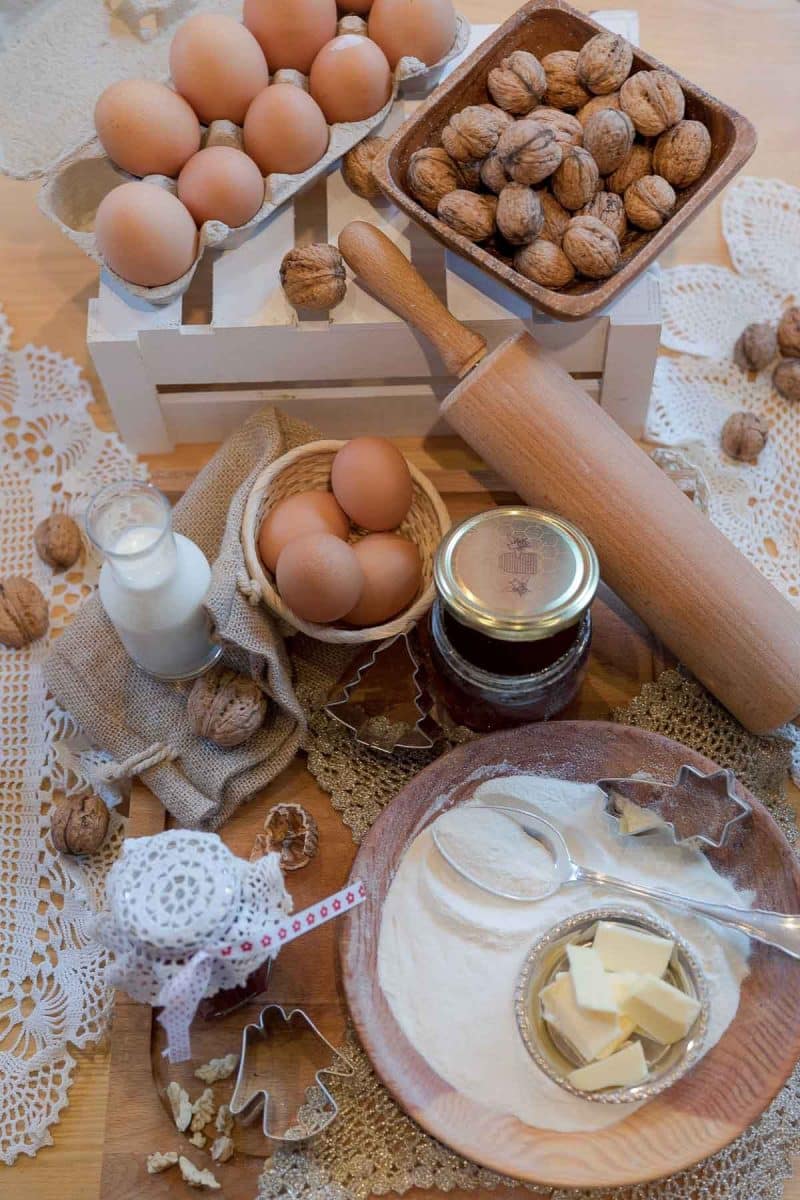
Basic baking tools for cookie baking
- Oven - the basis for baking 🙂
- Kitchen scale - for accurate weighing of ingredients.
- Stand mixer // Kitchen machine with a dough hook, flat beater, and whisk attachment - to be well-equipped for any type of dough.
- Rolling pin - to roll out the dough.
- Plastic wrap - to cover bowls or wrap dough that need to rest.
- Measuring cups
- Measuring spoons
- Mixing bowls
- Close-meshed sieve - to sift flour and sugar, but also for final decoration.
- Dough spatula
- Sealable containers - to store, for example, egg yolks, whites, creams or liquids and to prevent odors in the refrigerator.
- Cookie cutter - always good to have a variation at home.
- Water bath or tempering device - for melting chocolate.
- Thermometer - especially for creams or chocolates, an indispensable utensil.
- Pastry bags with different tips - for creams, whipped cream, and glazes.
- Cake pans
- Whisk
- Baking mats or parchment paper
- Brush - for brushing the cookies to be baked goods
What the pantry should always be filled with
Especially before you start Christmas baking, you should well stock the pantry, so you are well-prepared.
- Flour - A variation of pastry flour, all-purpose flour, and whole wheat flour should be available. There are two additional types of flour I love to have in my pantry, and that is chestnut flour and potato flour. I love baking with those kinds of flour, since they add a very special taste. You can also try out glutinous rice flour for a change of pace.
- Confectioners sugar
- Sugar
- Corn starch
- Baking powder, Baking Soda, or Natron
- Baking powder is a mixture of sodium bicarbonate, tartaric acid, starch, and cereal flour. It is suitable for all baked goods, especially those that can be stored for a more extended period of time. Baking powder is the number 1 raising agent in cake baking. It ensures that the dough rises and loosens. Baking soda has similar properties to baking powder.
- Vanilla sugar - Homemade vanilla sugar or store-bought
- Instant yeast or active dry yeast
- Yeast not only ensures that a dough rises, it also forms aroma substances and their precursors. Yeast gives many baked goods a typical taste. The longer the fermentation, i.e. the work of the yeast, lasts, the more varied the taste becomes. Its high content of vitamins makes yeast baked goods a valuable food.
- Vanilla beans
- Nuts - different kinds, ideally in grated form
- Dried fruit
- Chocolate chips
- Chocolate couverture - for glazing and dipping.
- Cocoa powder - we recommend using Criollo cocoa powder since it has the highest quality
- Oil - some recipes require using oils. Try to have high quality oil at home.
- Kosher salt
- Spices - especially cinnamon, vanilla, anise, cloves and cardamom.
We recommend buying eggs, fruits (like apples or chestnuts), and dairy products (like butter, yogurt, buttermilk, milk, heavy cream and such) fresh, just before the planned baking.
Further reading
🍪 You might also like
⛑️ Food Safety
- Cook to a minimum temperature of 165 °F (74 °C)
- Do not use the same utensils on cooked food, that previously touched raw meat
- Wash hands after touching raw meat
- Don't leave food sitting out at room temperature for extended periods
- Never leave cooking food unattended
- Use oils with high smoking point to avoid harmful compounds
- Always have good ventilation when using a gas stove
For further information, check Safe Food Handling - FDA.



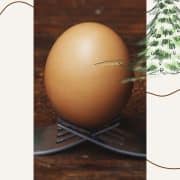
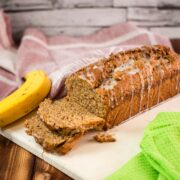

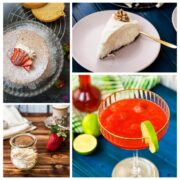


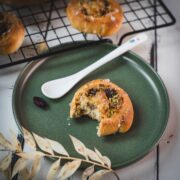




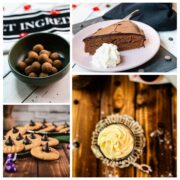

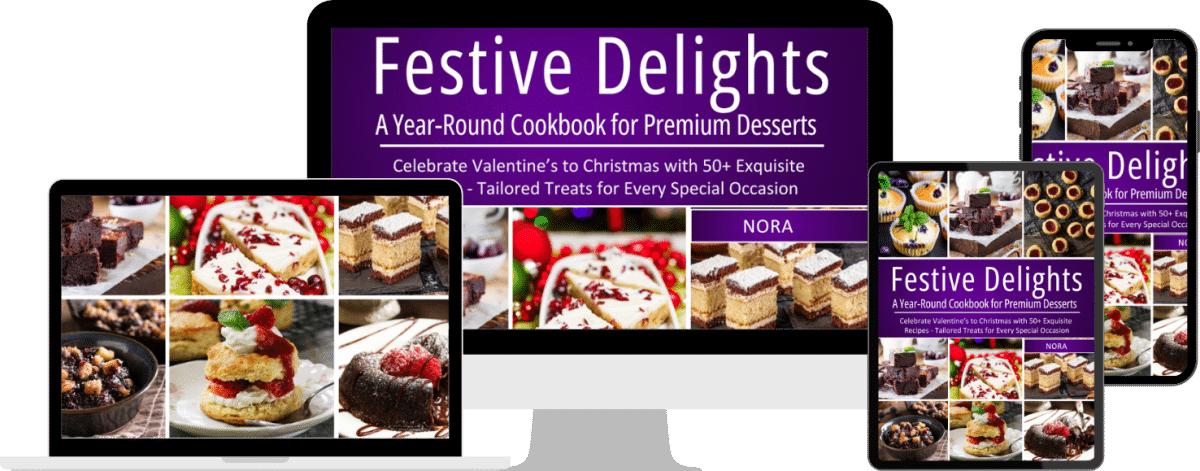



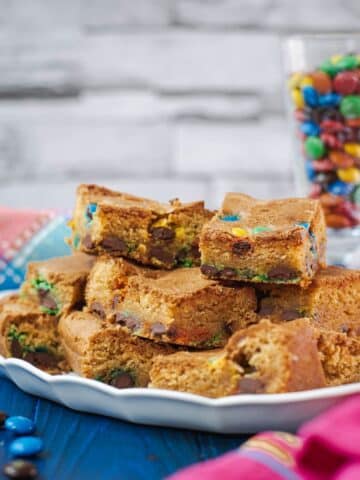

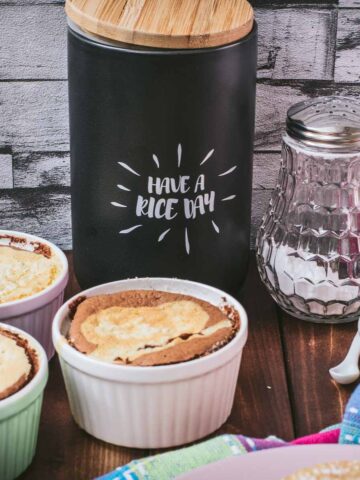

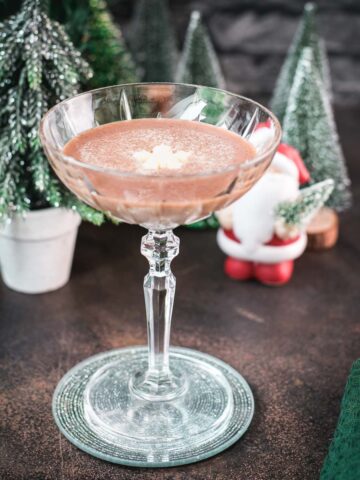
Giangi Townsend says
Fantastic recommendations and a very useful post.
Thank you for going into such in detail about all the sugars and what is needed this time of year in our pantry.
Nora says
Thank you, Giangi! Yes, with the sugar topic, I let myself get carried away with the writing. 😀
Tammy says
Very informative. Love all the tips and explanations. I learned quite a few new things!
Nora says
Thank you, Tammy! I am so glad you liked it! 🙂
Jamie says
This has so many helpful tips on how to bake for Christmas! I love the information on all the different kinds of sugar. Thank you!
Nora says
Thank you, Jamie! Happy you enjoyed reading it!
Deb says
Believe it or not, I’ve never made Xmas cookies to I found your post. Thanks so much for the details. Came out perfect.
Nora says
Thank you so much! 🙂